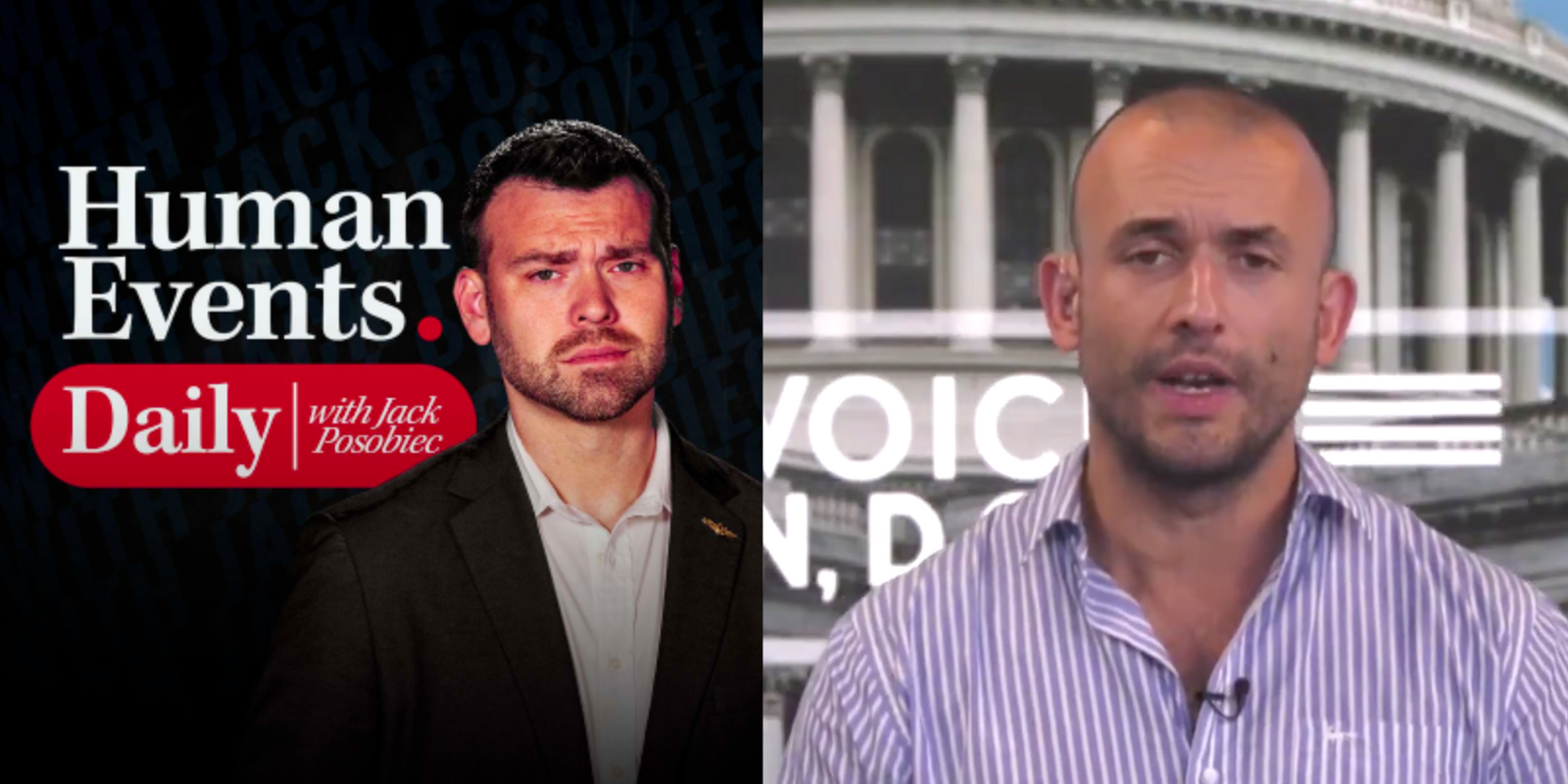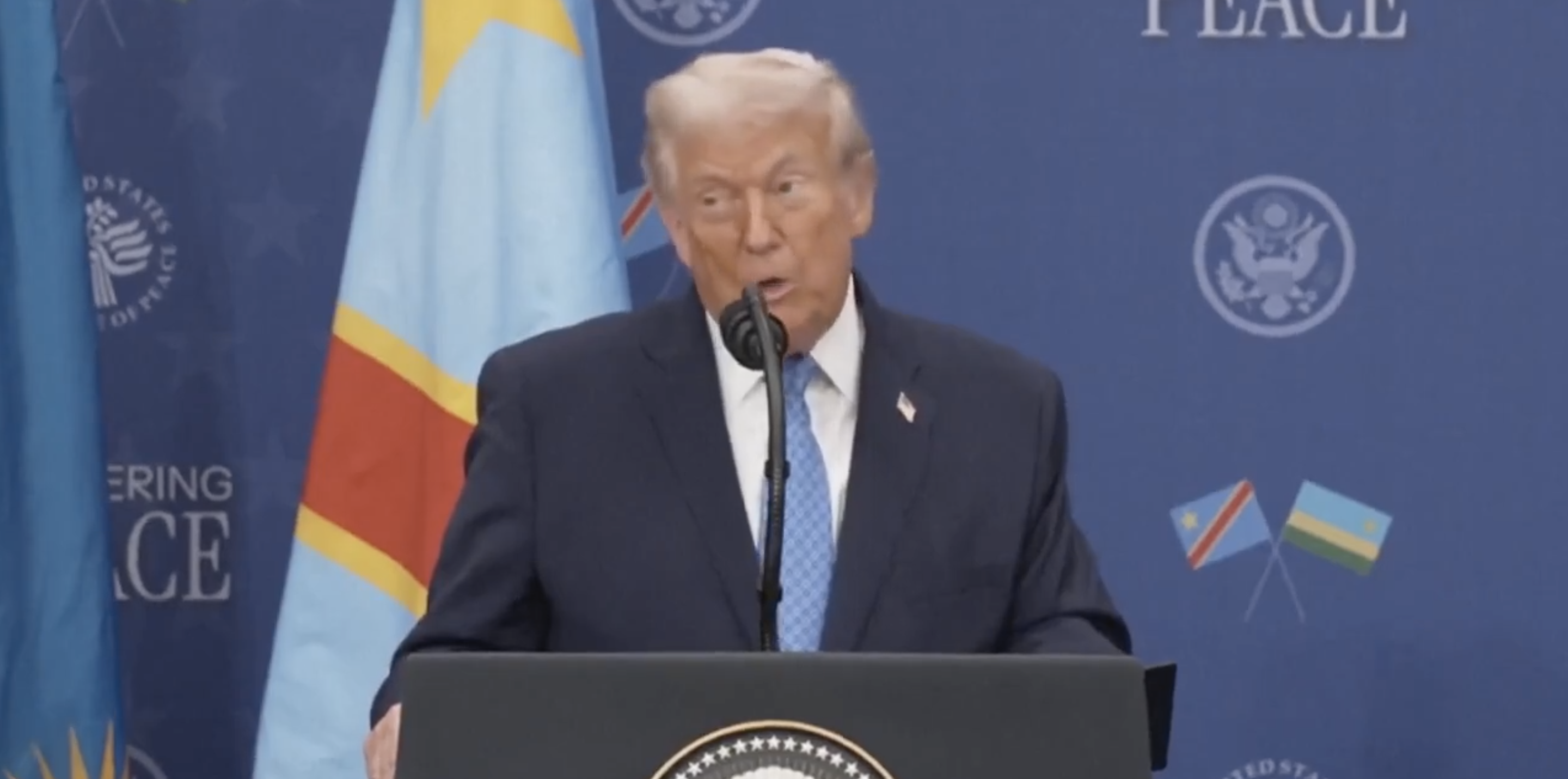Justice Alito told the Wall Street Journal the leak "created an atmosphere of suspicion and distrust. We worked through it, and last year we got our work done. This year, I think, we're trying to get back to normal operations as much as we can. . . . But it was damaging."
Chief Justice John Roberts had directed the marshal of the Supreme Court to investigate the leak. However, the findings, released in January, stated that investigators were unable to determine, using a preponderance of the evidence standard, the identity of the person or persons who disclosed the draft majority opinion.
Justice Alito praised the marshal for doing a good job with the resources available but agreed that the evidence was insufficient for a public accusation.
He personally believes he knows who is responsible but acknowledges that it is different from the level of proof required to name somebody.
"I personally have a pretty good idea who is responsible, but that’s different from the level of proof that is needed to name somebody," he said in an article for the Wall Street Journal. He’s certain about the motive: "It was a part of an effort to prevent the Dobbs draft . . . from becoming the decision of the court. And that’s how it was used for those six weeks by people on the outside—as part of the campaign to try to intimidate the court."
The campaign included unlawful assemblies outside justices' homes, but it didn't stop there. Justice Alito revealed that those who were thought to be in the majority and had approved his draft opinion were targets of assassination. "It was rational for people to believe that they might be able to stop the decision in Dobbs by killing one of us," he said.
Justice Brett Kavanaugh was a victim of this campaign on June 8 when an armed man was arrested outside his home. The suspect has since been charged with attempted assassination and has pleaded not guilty.






